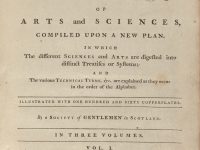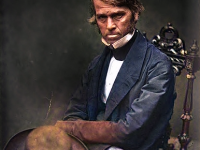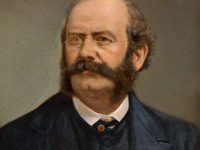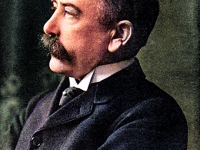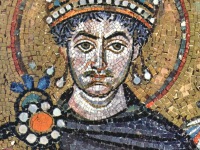John Boyd Dunlop and the Inflatable Tire
On December 7, 1888, Scottish inventor John Boyd Dunlop patented the pneumatic or inflatable tire. His invention is considered one of the basic building blocks of the automobile manufacturing industry. Today, over 1 billion tires are produced annually in over 400 tire factories. John Dunlop Background John Boyd Dunlop was born in 1840 on a farm in Dreghorn, North Ayrshire, Scotland, what is now the eastern outskirts of the town of Irvine. Already…
Read more


